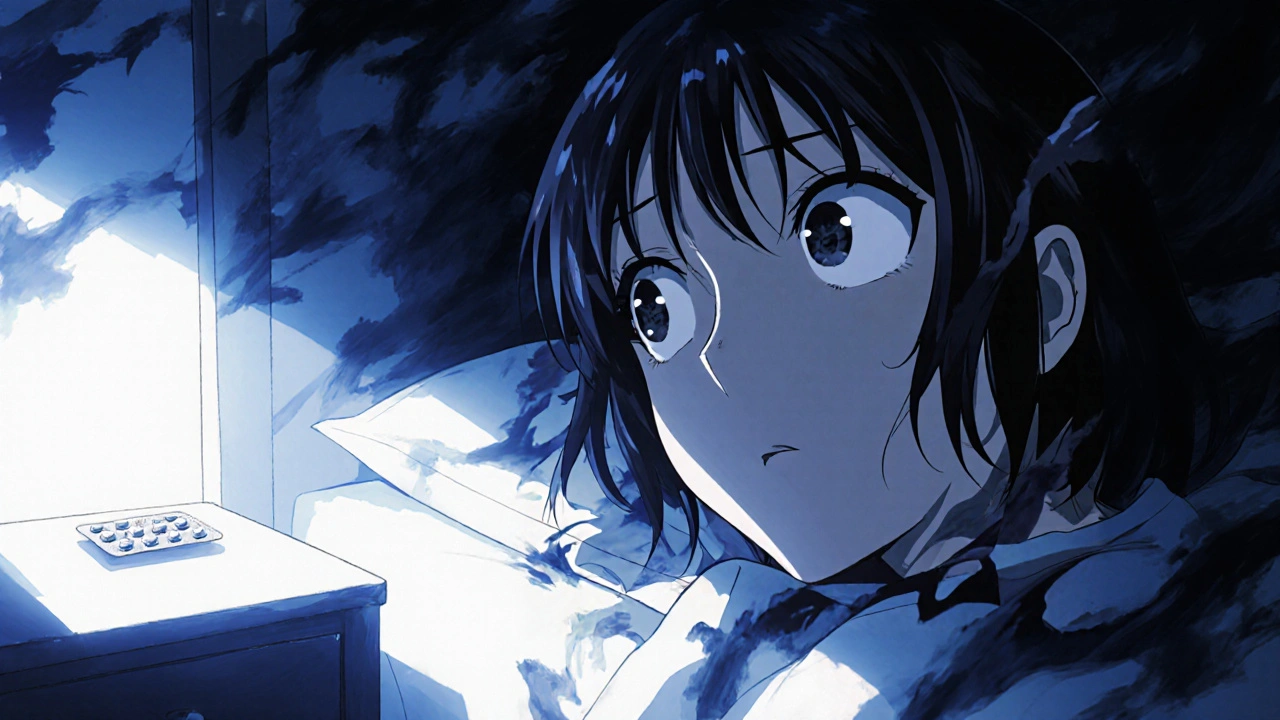HSDD Treatment: What Works, What Doesn’t, and What You Need to Know
When HSDD treatment, Hypoactive Sexual Desire Disorder treatment refers to medical and psychological approaches aimed at restoring sexual desire in women who experience persistent lack of interest in sex that causes distress. Also known as female sexual interest/arousal disorder, it’s not just about being tired or stressed—it’s a real, diagnosable condition that affects millions of women. Many assume low libido is just part of aging or relationship fatigue, but research shows it often has biological roots—hormonal shifts, brain chemistry imbalances, or even side effects from medications like SSRIs.
One of the few FDA-approved drugs for HSDD treatment, a condition characterized by persistently low sexual desire causing personal distress, often linked to hormonal, neurological, or psychological factors is flibanserin, a non-hormonal medication approved for premenopausal women with acquired, generalized HSDD, working on brain neurotransmitters like dopamine and serotonin. It doesn’t act like Viagra—it doesn’t create instant arousal. Instead, it slowly rebalances brain signals tied to motivation and reward. But it’s not for everyone. Side effects like dizziness, fatigue, and low blood pressure mean it requires careful use, especially with alcohol or certain medications.
Then there’s hormonal therapy, treatment involving estrogen or testosterone to address hormonal causes of low sexual desire, particularly in postmenopausal women. For women going through menopause, estrogen patches or creams can help with vaginal dryness, which often makes sex painful and less desirable. Testosterone therapy is trickier—it’s not FDA-approved for HSDD in the U.S., but some doctors prescribe it off-label with careful monitoring. The key? It only works if low testosterone is actually the issue. Blood tests don’t always tell the full story.
What’s missing from most HSDD treatment plans? Psychological support. Therapy—especially cognitive behavioral therapy or sex therapy—often works better than pills alone. Many women with HSDD carry guilt, shame, or past trauma that blocks desire. A therapist doesn’t just talk about sex—they help untangle the emotional knots that keep desire buried.
And then there’s the noise: supplements, herbal remedies, “natural libido boosters.” Most have zero clinical backing. Don’t waste money on maca root or ginseng pills marketed as miracle cures. Real progress comes from evidence-based options—medication, hormones, or therapy—used together, not in isolation.
You won’t find a single fix that works for every woman. HSDD treatment is personal. It depends on your age, hormones, mental health, relationship dynamics, and what’s truly bothering you. Some women need a pill. Others need a conversation. A few need both.
Below, you’ll find real comparisons and insights from women who’ve tried different paths—what helped, what didn’t, and what surprised them. No fluff. No marketing. Just clear, practical info on what’s actually working in HSDD treatment today.
Flibanserin vs Alternatives: Which Treatment for Low Sexual Desire Works Best?
A practical guide comparing Flibanserin with leading alternatives for low sexual desire, covering mechanisms, side effects, costs, and how to pick the right option.
read more